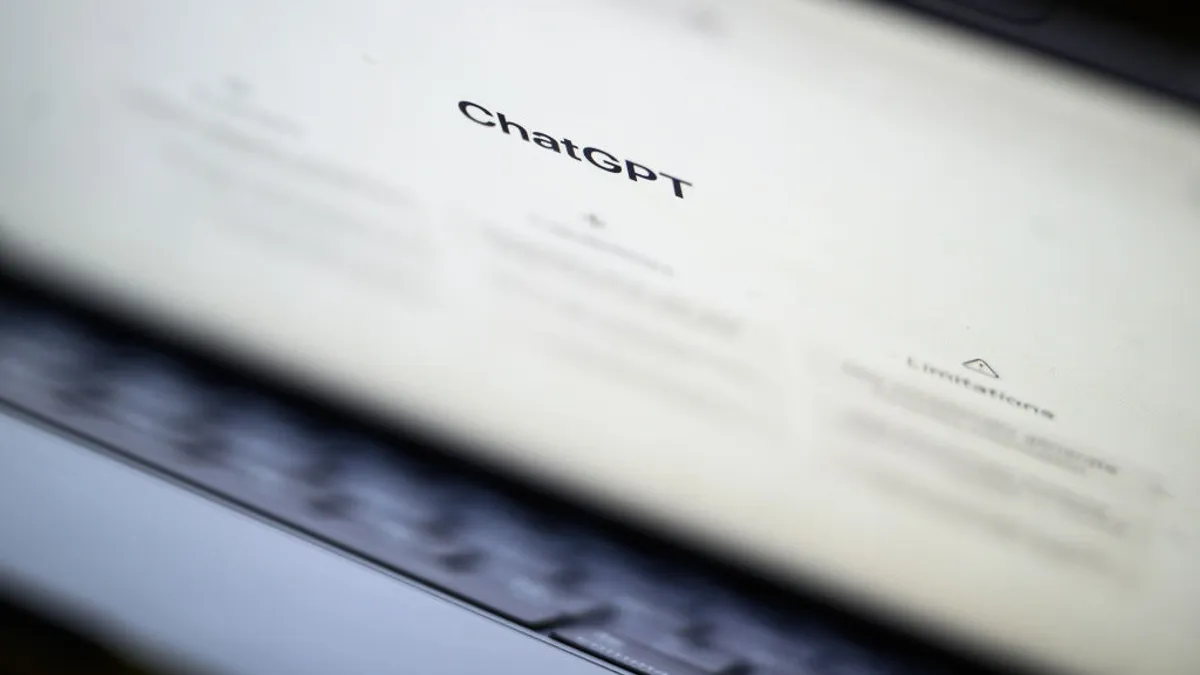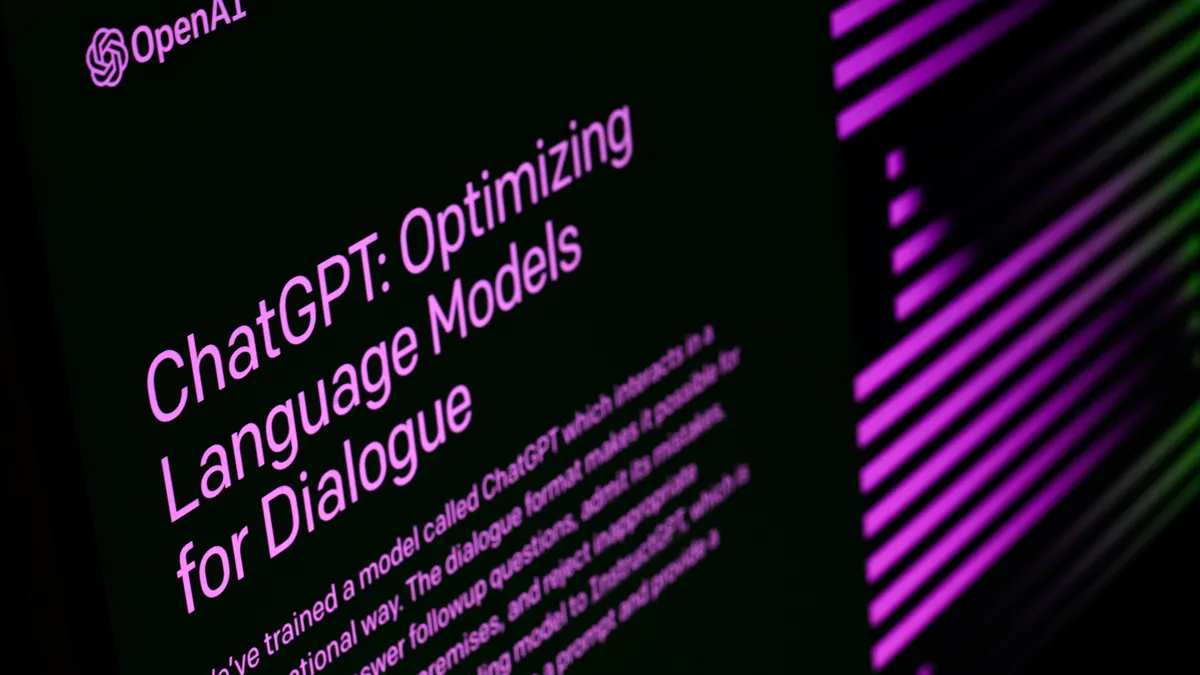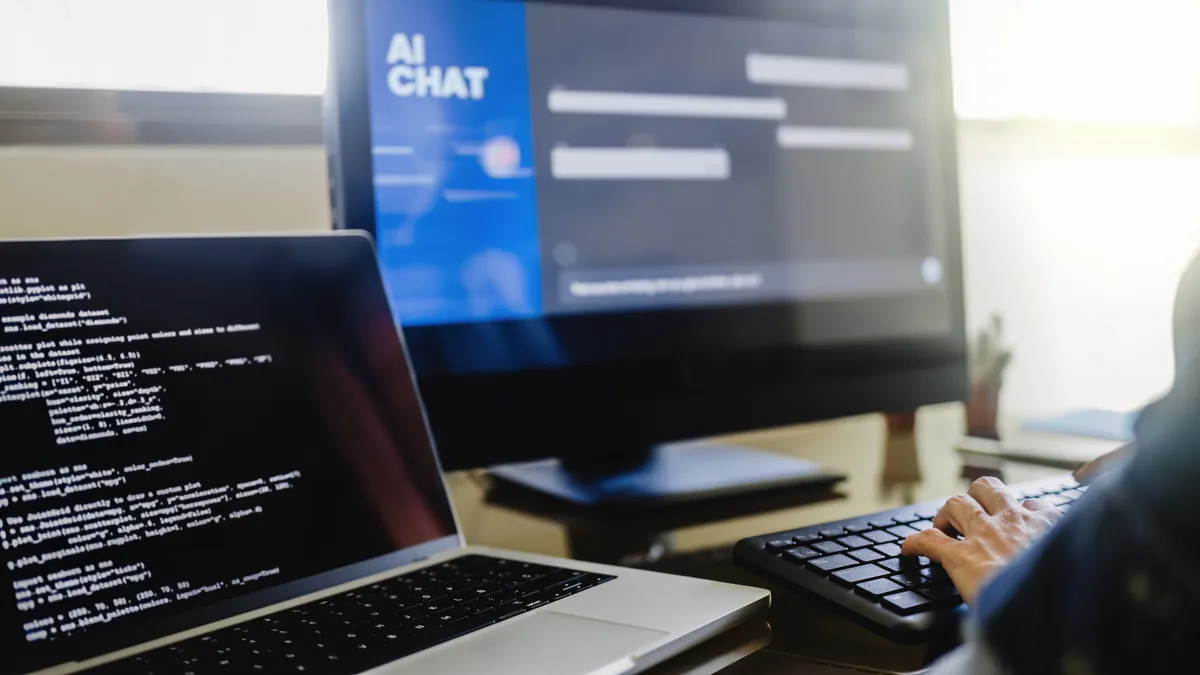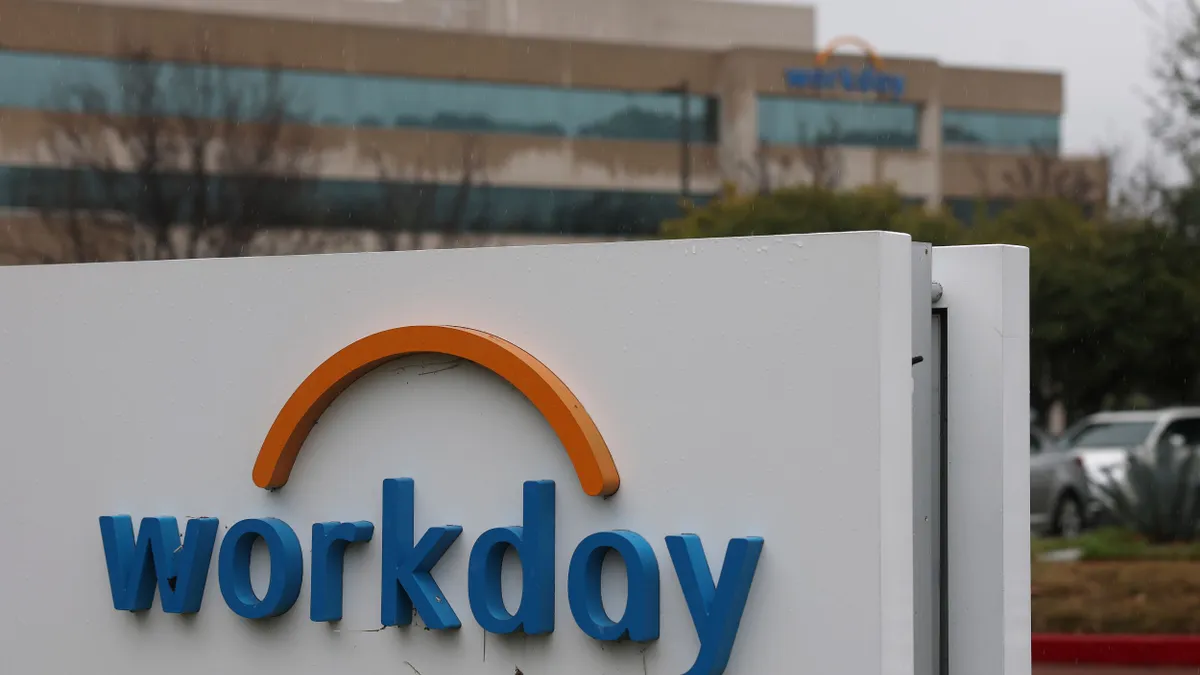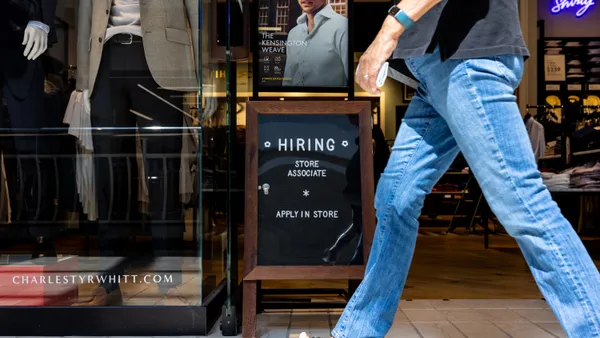Stories about AI are fraught with drama — robots snatching thousands of jobs, phasing occupations into nonexistence or even accidentally killing their human counterparts. These narratives are simple, if harrowing (and a touch science-fiction), but the real story is deeper; it’s at once faster, slower and more human.
No, robots are not going to replace the human resource function, experts told HR Dive. A good HR department already understands the empathetic power of people and their impact on the business. Even technical terms for the industry — human capital management is a common one — can’t get the pesky ‘human’ component out of the way. The very name seems to defy total AI takeover.
But change is coming. CHROs may have felt like second fiddle to the company transformation on the customer-facing side, but they will play a key part in ensuring their own people have a good experience with the technology.
People analytics are here to stay. Whether that will remain something that actively helps employees or is eventually viewed as a privacy infringement is up to the company culture a CHRO must help instill.
Trust has everything to do with it. HR can help.
The status of people data and trust
Trust has moved front and center for organizations trying to make any sort of digital transformation, despite some visible missteps by companies in the past 18 months, Bertrand Dussert, Vice President of HCM Transformation at Oracle, told HR Dive.
“The CHRO is accountable for all the people data, and a lot have been a bit comfortable delegating and taking a pass/fail approach,” he said. “That will not fly as much going forward.”
“People data” promises a host of futuristic capabilities, including data-driven performance reviews, powerful hiring algorithms based on top performers and predictable turnover and attrition. The tech isn’t there yet, said Rob Light, research lead for G2 Crowd. But for it to reach ideal usability levels, trust has to be in place first.
“You can do some really cool things with advanced people analytics,” Dussert said, “but you can come across as either helpful or creepy depending on level of trust.”
Trust consists of at least two components:
-
The customer perspective, and whether customers trust the intentions and values of the company;
-
And the employee perspective, which includes both experiences working at the company and expectations.
The term “authenticity” is thrown around frequently when discussing company culture, but opportunity for employee growth is a core aspect of an authentic culture. Employees want their work to matter and they want the opportunity to grow in the workplace. Understand that, and culture can be purposefully directed.
Companies need to ask critical questions: What does it take to be successful at your company? What makes working at your company unique? When trust levels are high, an employee feels engaged and connected to the company’s purpose. Engaged employees are flexible, and willing to evolve with the company (and its various phases of tech adoption) because they believe in the mission, Dussert said.
HR’s relationship with new company tech
Before HR employees have a chance to dabble in AI-fueled technologies, they’ll have to deal with some delays.
On the employer side, adoption of modern HR tech is notoriously slow. Typically, customer experience technologies have a two to three-year lead time before they are adapted internally, Dussert said, but a company’s experience with customer-facing technologies will provide hints as to how they will be handled internally. If a company has put emphasis on finding such technology for their customer base where the risk is higher, it will often permeate to the rest of the business.
That said, any technologies adopted internally need to have the kind of user experience (UX) a company would offer their customers.
“People entering the workforce now have only ever had great digital experiences,” Dussert said. They will ask, “Why can’t I have that at work?”
A good UX includes mobile accessibility and self-reliance capabilities. Good technology should consider design thinking like “when will an employee likely need this” and “how will an employee act on that need and where.” Approvals for projects, for example, may be sent to employee phones for ease of access and speed of response.
Regardless of the types of tech adopted, HR will need to ensure employee relationships with such programs are frictionless and, more often than not, connected online, Dussert said.
“More and more of the relationships we have tend to be digital rather than people every step of the way,” he added. It’s not just about processes. It’s about looking at those processes from a human perspective, and seeing what is needed.
The human-robot balance: The future of tech
Given the future of technology as an integral part of more daily interactions, trust in leadership and strong user experience will certainly matter. Some challenges, however, are to be expected. Experts pointed to the future of chatbots as a possible friction point given that many employees have not had positive experiences with the tech on other sites.
Regardless, the chatbot is coming.
“I believe that close to 50% of HR in big companies will likely have a chatbot of some type deployed by 2020,” Dussert said.
Chatbots are exactly what they sound like: bots to which employees can send messages in order to gain information or receive help with a task. With the proliferation of workplace chat technologies (HipChat, Slack and the like), bots are the next step in adapting the tech first popularized by AIM for the office.
“A chat bot will show up in these systems like an individual,” Rob May, CEO of Talla, said. “If this tech improves, you wouldn’t even know it is a bot.”
“I think there is a lot of creepy stuff, but it is more a tool than a replacement for jobs. HR managers aren’t going anywhere.”

Rob Light
Research Lead for G2 Crowd
Chatbots are partly based on upcoming machine learning technology — technology that learns as users interact with it. Light predicts that machine learning will be particularly important for HR and recruiting purposes because of its ability to detect patterns and apply them appropriately. If a company consistently hires out of Ivy League schools, for example, a machine learning bot could take that data and continue to hire based on that set algorithm.
Machines that learn in this way can easily come off as creepy. Light and other AI experts are aware of that.
“I think there is a lot of creepy stuff, but it is more a tool than a replacement for jobs,” Light said. “HR managers aren’t going anywhere.”
The adoption of AI has generally followed a pattern that will likely assure worried HR professionals. Typically, if a task involves helping employees access particular data points (“Where can I find my benefits information?”), those tasks will likely be automated. Any tasks that require claims or other such complex issues will remain in the wheelhouse of the manager, Dussert said.
In theory, smarter tools should free up HR managers and recruiters to work smarter in turn. When and how those tools will reach companies is another question entirely. Lead times are shortening between customer experience adoption and internal adoption, even though many leading AI technologies aren’t at their most promising points yet, May said.
But the speed at which businesses are accelerating their tech adoptions will only continue to increase. For that reason, HR managers should always lean on their company cultures first and foremost. Ensure that trust and transparency are in place, and be fully prepared to explain how AI and HR tech will fit in with the company’s mission and goals.
No scary robots here — not yet, anyway.









